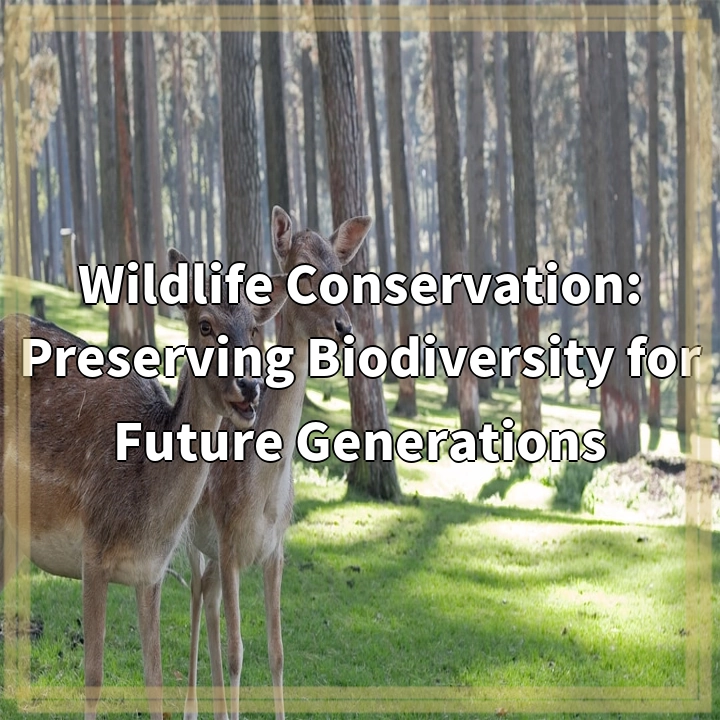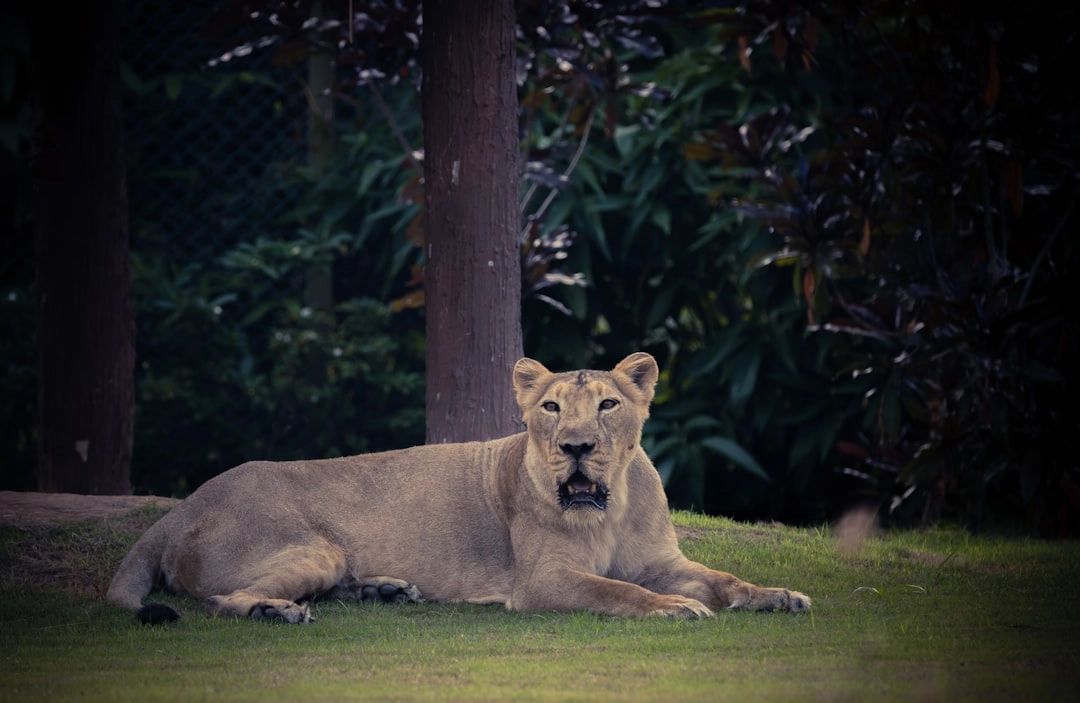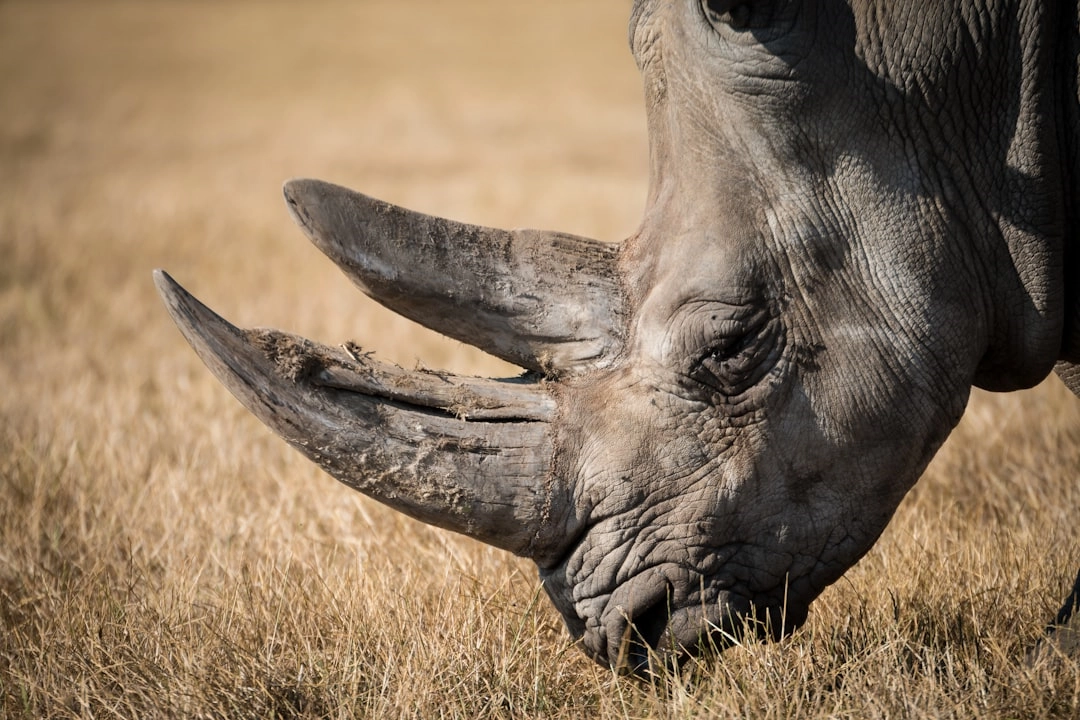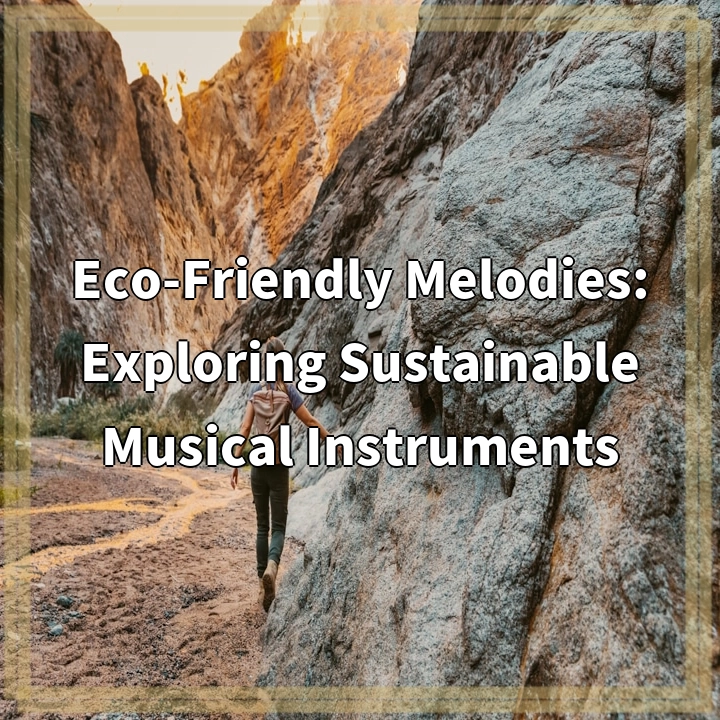
What is Wildlife Conservation?
Wildlife conservation is the practice of protecting and preserving the natural habitats and populations of various species of wildlife. It involves the management and restoration of ecosystems to ensure the survival and well-being of diverse plant and animal species.
The Real-World Problems Associated with Wildlife Conservation
1. Habitat Loss and Fragmentation:
Habitat loss and fragmentation are major threats to wildlife conservation. The expansion of human activities such as agriculture, urbanization, and infrastructure development leads to the destruction and fragmentation of natural habitats, leaving wildlife populations isolated and vulnerable to extinction.
2. Poaching and Illegal Wildlife Trade:
Poaching and illegal wildlife trade pose significant challenges to wildlife conservation efforts. The demand for exotic pets, animal parts, and products drives the illegal trade, leading to the depletion of vulnerable species and disrupting ecosystems.
3. Climate Change:
Climate change impacts wildlife and their habitats in various ways. Rising temperatures, changing rainfall patterns, and extreme weather events can alter ecosystems, affecting the distribution and behavior of wildlife. Species that are unable to adapt may face increased risk of extinction.
4. Invasive Species:
Invasive species, often introduced by human activities, can have detrimental effects on native wildlife populations. These invasive species can outcompete native species for resources, disrupt food webs, and threaten biodiversity.
5. Human-Wildlife Conflict:
As human populations expand and encroach upon wildlife habitats, conflicts between humans and wildlife become more common. Wildlife damage crops, livestock, and infrastructure, leading to negative perceptions of wildlife and potential retaliatory actions.
Addressing these real-world problems associated with wildlife conservation requires a multi-faceted approach. It involves creating protected areas, implementing sustainable land management practices, strengthening legislation and enforcement against poaching and illegal wildlife trade, promoting public awareness and education, and supporting international cooperation for conservation efforts.

Solutions for Wildlife Conservation
Here are some key solutions to address the real-world problems associated with wildlife conservation:
1. Habitat Restoration and Protection
Efforts should be focused on restoring and protecting natural habitats to ensure the survival of diverse wildlife populations. This involves conserving existing protected areas, creating new reserves, and promoting sustainable land management practices.
2. Strengthening Legislation and Enforcement
To combat poaching and illegal wildlife trade, strong legislation and enforcement measures are necessary. Governments and organizations need to collaborate to implement stringent regulations, increase penalties, and improve monitoring and enforcement to combat these illegal activities.
3. Climate Change Mitigation and Adaptation
Tackling climate change is crucial for wildlife conservation. Efforts should focus on reducing greenhouse gas emissions, promoting renewable energy, and implementing strategies to help wildlife adapt to changing environmental conditions.
4. Managing Invasive Species
To control the negative impacts of invasive species, it is important to implement strategies for early detection, prevention, and management. This may involve measures such as monitoring and removal programs, public education, and stricter regulations on the importation and trade of non-native species.
5. Promoting Coexistence and Sustainable Practices
Addressing human-wildlife conflict requires promoting coexistence and implementing sustainable practices. This can include measures such as community-based conservation initiatives, promoting ecotourism, providing incentives for local communities to engage in conservation efforts, and supporting alternative livelihoods.
By implementing these solutions, we can make significant progress in wildlife conservation and ensure the protection of biodiversity for future generations.















